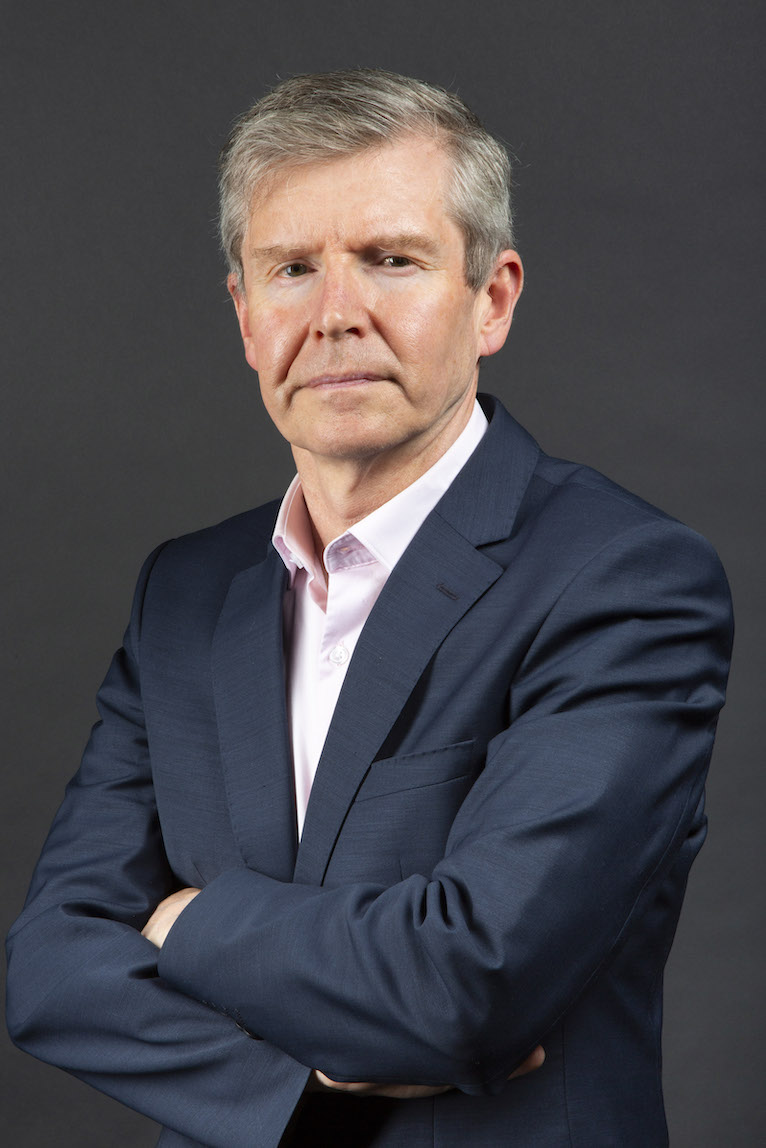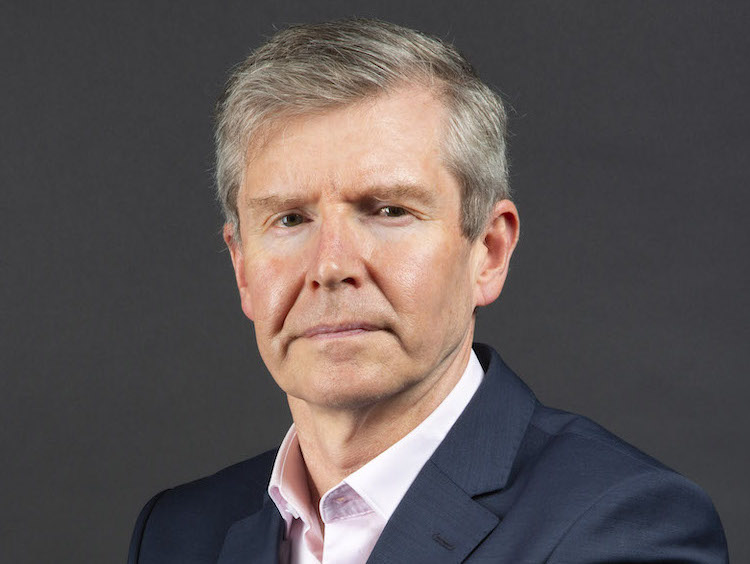By mid-2022, stroke will have a new team leader in Europe. Health equity and supporting the implementation of the Stroke Action Plan for Europe will remain high on the agenda, says ESO president- elect Prof Peter Kelly – and inflammation presents a new frontier in risk prevention.

What does the role of president of the ESO mean to you in the context of a career dedicated to stroke prevention, acute stroke and recovery?
It is a great honour to represent and serve the stroke community in Europe – my colleagues, stroke healthcare professionals in Europe, and the patients and their families. The ESO is a strong team effort, and my role will be to serve as a team leader. My job over the next two years will be to build on the excellent work of my predecessors, further develop existing programmes and ultimately leave the organisation in a better place.
What are the main challenges to stroke care access in Europe and what should be at the top of the agenda to mitigate these?
It is important for European high-income countries to support low- and middle-income countries in Europe. Healthcare has been shown to be dependent on, and directly proportionate to, median income, so it is important to focus on health equity in terms of prevention and treatment for LMICs.
Three major ESO programmes that prioritise and support our equity mission are the Stroke Action Plan for Europe (SAPE), the annual ESO Conference whose aim is to educate healthcare professionals about quality care in hospitals and communities, and the Guideline programme aimed at providing clear and evidence-based quality guidelines for stroke treatment.
ESO also endorses quality of care initiatives such as the Angels Initiative and RES-Q and encourages early- career stroke physicians from Eastern Europe to attend webinars, Winter and Summer schools, and Masters of Stroke Medicine through which ESO supports improved education levels and support the development of peer support and networks.
As an early-career neurologist yourself in the late 80s what motivated you to make stroke care your focus?
As a trainee neurologist, my big motivation was the unmet need of stroke patients. Stroke care was not well developed in Ireland in the 80s and 90s. There were relatively few stroke specialists in neurology and I was keen to contribute and provide leadership where possible.
In the early 90s I trained in Massachusetts General Hospital in Boston and at Harvard and MIT where I experienced a different healthcare setting to Ireland. I was fortunate to train in a very supportive environment with a strong stroke tradition, and be influenced by clinician scientists like Karen Furie, Steve Greenberg, and pioneers like C. Miller Fisher and Phil Kistler.
It was also around the time that thrombolysis trials had shown that stroke could be treated acutely. Prior to this there had been a therapeutic nihilism about what could be done to treat stroke. So it was about taking the values and model of where you were trained and implementing it elsewhere.
What has been the biggest recent breakthrough in stroke care?
In the last 10 years the thrombectomy trials have been absolutely central. They completely revised the way we organise and think about emergency stroke treatment. There is a lot of energy and dynamism in the acute stroke field as a direct result of these trials, with the focus on newer questions about for example late-arriving patients, lower CT ASPECTS scores and medium vessel occlusion.
Risk prediction has been a primary research focus for you – what are the most important recent learnings from your work in this field?
Although I am a practising doctor who deals with a lot of emergency stroke calls, my research on prevention in the last five years has focused on the role of inflammation in atherosclerotic plaque, and new therapeutic opportunities to prevent cardiac events and secondary stroke.
Inflammation is a new frontier. The CANTOS trial (2017) showed that adding the anti-inflammatory drug Canakinumab to standard prevention measures reduces the risk of vascular events. This was a breakthrough moment that in future years may be considered as significant as the first statin trial or the first thrombectomy.
Currently the CONVINCE trial is being led from Dublin with the aim of discovering whether the arthritis drug Colchicine can be repurposed in the same way as aspirin to prevent recurrent stroke and coronary events after non-severe stroke. [Prof Kelly is the director of this large international study to evaluate the use of Colchicine for the prevention of vascular inflammation.]
The ESO’s Stroke Action Plan for Europe (SAPE) identifies four goals to be achieved by 2030. Nine years away from that target, what progress do you observe?
Implementation of SAPE is ultimately down to the healthcare systems in each nation. What ESO can do is to be a voice and a leader for change. Led by Hanne Christensen, the ESO SAPE strategy has been to develop a framework to enable, encourage and support local teams and champions to form new partnerships to implement these goals.
The first step is to identify national champions and support them to connect with their government and with stroke patient support organisations in their country. This triad of ministry of health, healthcare professionals and patient organisations forms the nexus in each country. Once connected, they are supported to develop a plan, implement the plan, measure its success, compare it internationally, adjust the plan and implement it again, with ESO and the SAPE steering committee having an overarching supporting role.
ESO has also developed a Declaration of intent which we request national governments to sign and which commits them to implementing the specifics of SAPE. Three governments have already signed, and several are in the process. The SAPE team have also developed a web-based tool to capture national metrics and track each country’s aggregate performance on the main KPIs of SAPE. The data will be updated annually to facilitate longitudinal as well as geographic comparisons over time.
There is clear synergy between this programme and the Angels Initiative.
Yes, the Angels Initiative is an excellent fit as a partner with SAPE. There is a synergy and overlap with the Angels Initiative specifically in low- and middle-income countries in a positive way. ESO is a very proud partner of the Angels programme.


